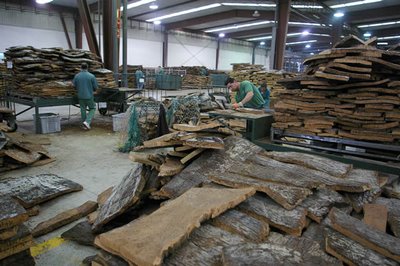
Post from the road. I'm in Portugal, this time with my family. As well as visiting solo on several occasions, I've been here with Fiona a couple of times before, but this is the first time we've brought the kids along, and I'm really glad we did. There's something special about this country that I wish my two boys could 'catch' a little of.
The reason behind the visit is to learn more about cork and its production, courtesy of the leading cork producer in the world, Amorim. I'm keen to find out more about the sorts of measures that Amorim are taking to eradicate taint issues, which still haunt the industry, and also about the natural cork-based alternative closures they are marketing. I'm also looking at issues such as sustainability, which are of great current interest.
It's the first time I've really tried to juggle a work trip and a family trip in this way. It's fraught with danger, in the sense that if Amorim were to foot the whole bill this would be a significant conflict of interest (rather than just a mild one). I guess the only way to deal with this problem is to be honest, and disclose any such information, and trust that readers realize that at all times, I'm trying to deliver the best, most balanced, most informed perspective on any particular issue that I'm writing on.
After all, my reputation, and thus my future earning potential, depends on this. If gathering data means spending time with winemakers, staying in their homes, eating dinner with them, having flights paid for, and receiving samples, all in order to get the best perspective and inside line on any particular story and issue, then as long as it is disclosed, it is not a huge problem. It's the undisclosed, behind the scenes deals that are worrisome. And for me, in half-term week, being able to combine family time with work on the road is hugely advantageous.
Last night we stayed in the Alentejo at
Monte dos Arneiros. It's a beautifully quiet, secluded country retreat just an hour's drive from Lisbon, and we liked it so much we intend to go back there in the near future. While I visited Amorim's plants at Coruche, the kids and Fiona swam and rode bicycles through the 500 hectares of cork oak forest that this property manages. Food was authentic local fare, presented without any fuss or pretension. The weather was atypically cool and damp, but we still had a good time.
Tonight we are staying in Espinho, at the Hotel Solverde. It's on the coast, some 18 km south of Porto, and despite the dire account of Espinho in the Rough Guide, it seems quite a nice spot - well, at least, the hotel is rather plush and well managed, boasting indoor and outdoor pools, a spar, and a helicopter pad. We haven't hit the town, yet.
Much merriment was had this evening when we checked out the indoor pool, and were told that we had to wear swimming hats. All of us. We purchased these from the spa reception - elder son chose pink, younger son red, I was yellow and Fiona was blue. They made us all look very daft indeed, and it reminded me of the time when we fell foul of French swimming pool laws that insisted on males wearing speedo-style trunks and not swimming shorts (so, as a mark of protest, we swam in our briefs, which was, rather strangely, allowed).
Tonight we dined on room service and ordered some wines from the restaurant list. Even in a five-star joint like this, you can drink well reasonably cheaply. The wine list had some good names (alas, no vintages or descriptions), but we enjoyed the Quinta das Bageiras 2003 Bairrada (good, complex, earthy, spicy Baga that tastes wonderfully natural and traditional) and the Casa de Togeira Vinho Verde 2007 (laser-sharp, crisp and attractively fruity). The former was 17 Euros, the latter just 11.
Tomorrow I meet with Amorim's technical expert Miguel Cabral, and then we're off to Antonio Amorim's home for dinner with the kids. I really hope they behave themselves. His kids are of similar age, and ours have been sternly warned...
Labels: bairrada, closures, cork, Portugal, vinho verde
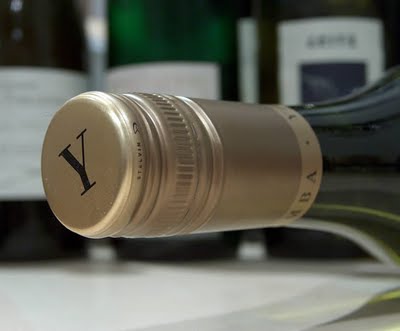 As the recent online survey on the excellent Dr Vino blog has demonstrated rather well (IMHO), itís very hard to pick one single person who deserves to win this award. So my vote goes to a thing, not a person. And that thing is the screwcap.
As the recent online survey on the excellent Dr Vino blog has demonstrated rather well (IMHO), itís very hard to pick one single person who deserves to win this award. So my vote goes to a thing, not a person. And that thing is the screwcap.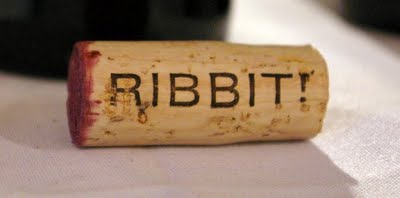
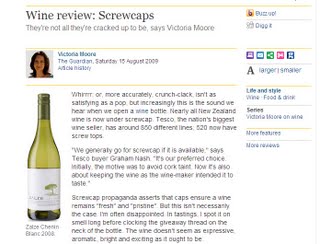
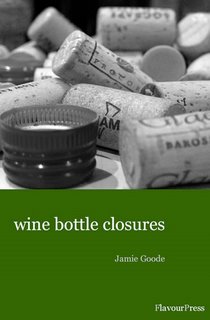
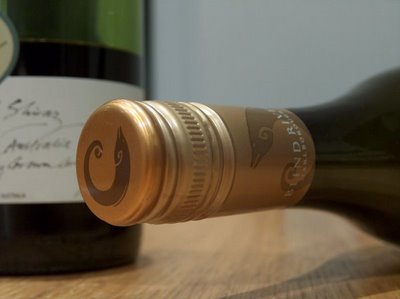
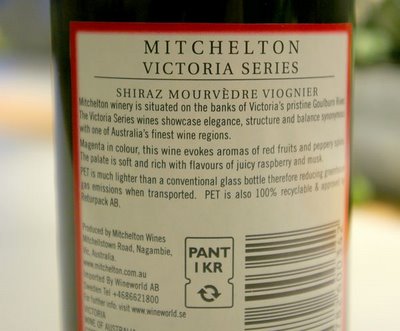
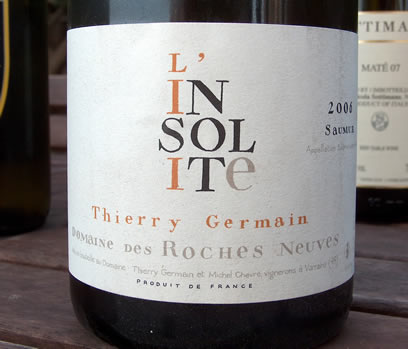
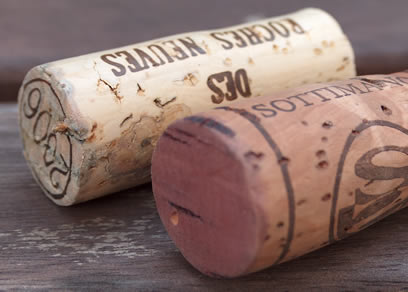
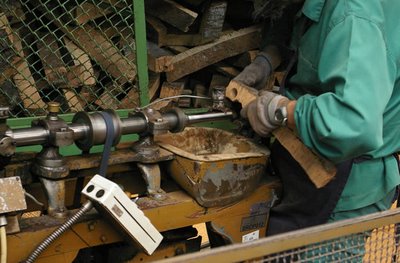
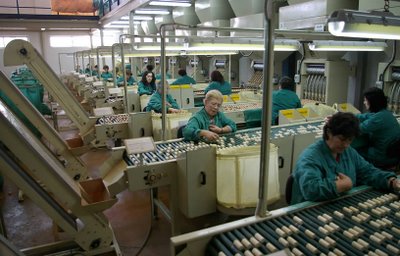
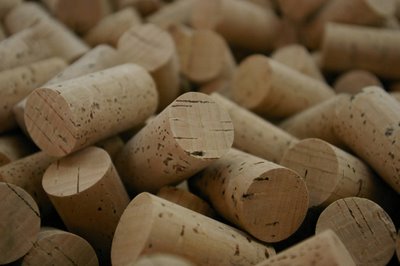

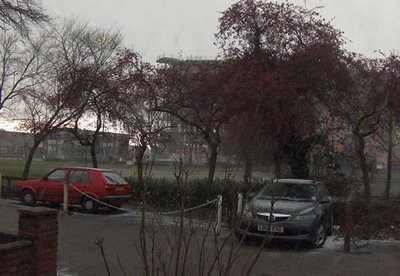
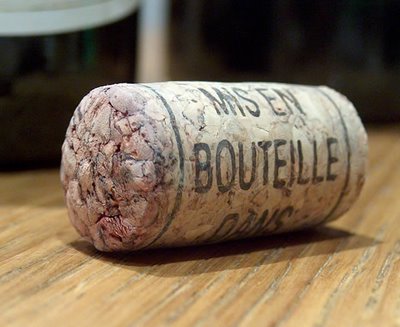 Just a note on the evil cork (pictured above). It was sealing one of the Languedoc wines, a £2.99 AOC Minervois from Lidl. Now this Lidl wine was actually relatively sound and drinkable, but for a subtle streak of mustiness which I assume is TCA and its related compounds. In other words, cork taint. If you mash up bits of cork and stick them together, there's a very high chance that you end up with low level taint in almost all of them. If, say, one in 20 or one in 30 corks is tainted to above-threshold levels with TCA, then imagine the effect of dispersing this taint among all your corks. It's just a barmy decision to use cheap agglos like this, especially now there are many alternatives at a similar sort of price. Utterly evil.
Just a note on the evil cork (pictured above). It was sealing one of the Languedoc wines, a £2.99 AOC Minervois from Lidl. Now this Lidl wine was actually relatively sound and drinkable, but for a subtle streak of mustiness which I assume is TCA and its related compounds. In other words, cork taint. If you mash up bits of cork and stick them together, there's a very high chance that you end up with low level taint in almost all of them. If, say, one in 20 or one in 30 corks is tainted to above-threshold levels with TCA, then imagine the effect of dispersing this taint among all your corks. It's just a barmy decision to use cheap agglos like this, especially now there are many alternatives at a similar sort of price. Utterly evil.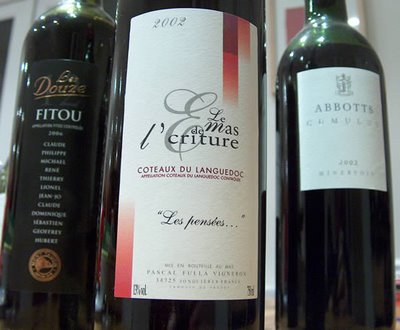 Anyway, a mixed sort of bag of Languedoc/Roussillon reds on show tonight (partly because of a dodgy vintage, 2002, in the mix), although my enthusiasm for the two neighbouring regions continues. Here are my notes.
Anyway, a mixed sort of bag of Languedoc/Roussillon reds on show tonight (partly because of a dodgy vintage, 2002, in the mix), although my enthusiasm for the two neighbouring regions continues. Here are my notes.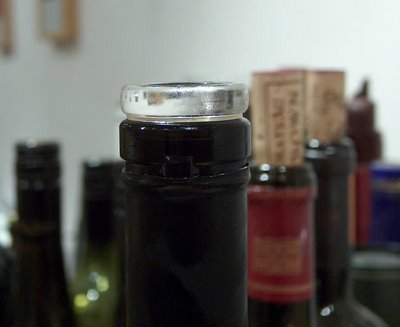
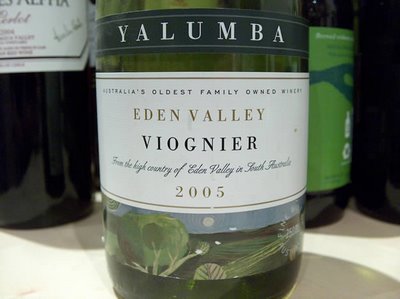

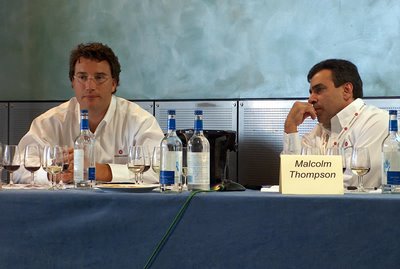

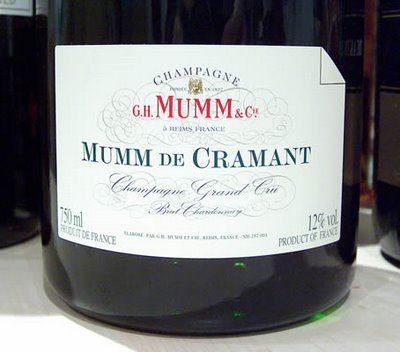
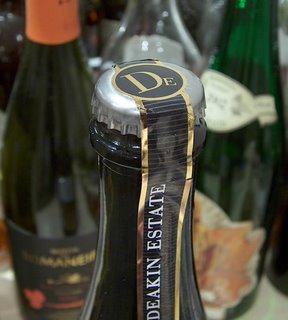

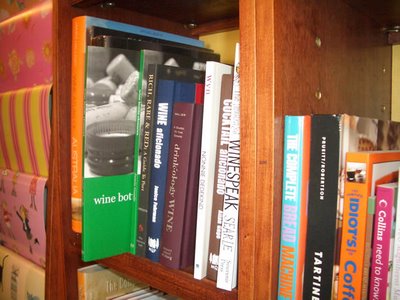
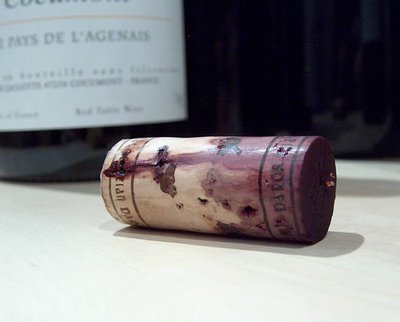

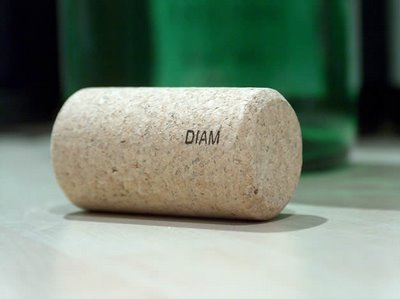
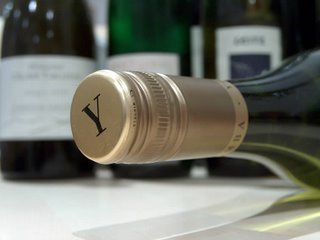
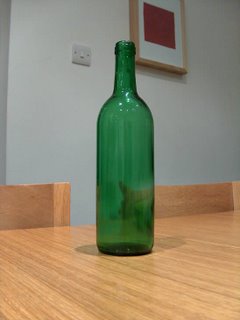
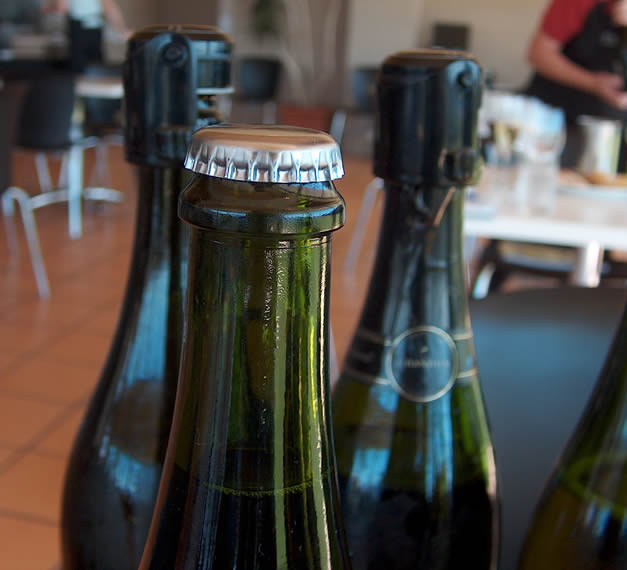
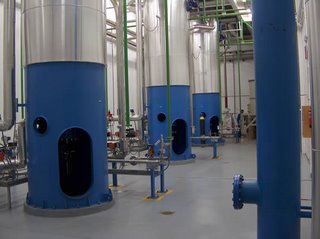

 The web log of wine journalist Jamie Goode. Feel free to nose around; your comments are welcome
The web log of wine journalist Jamie Goode. Feel free to nose around; your comments are welcome 
